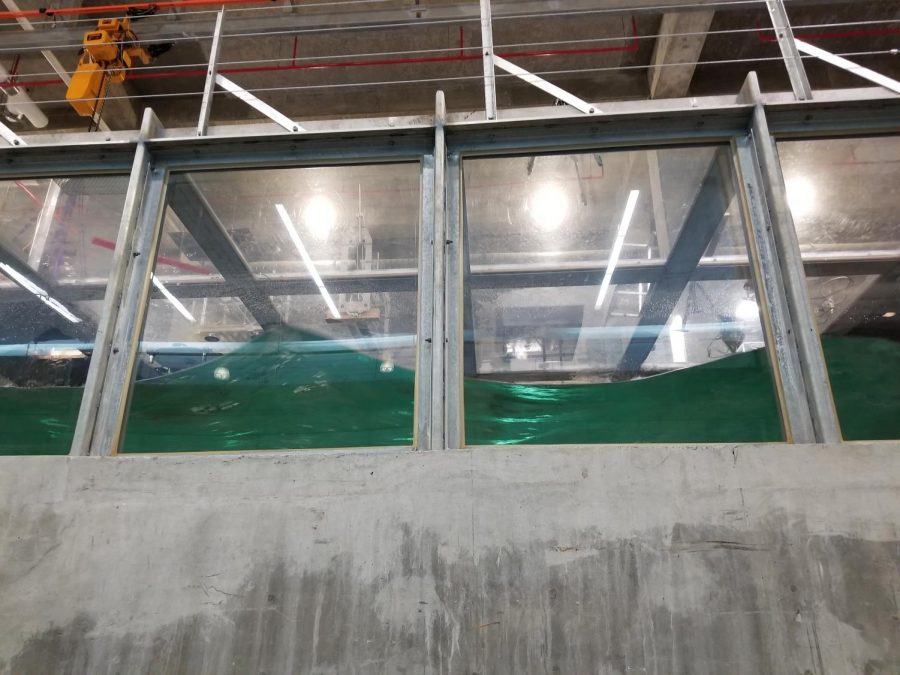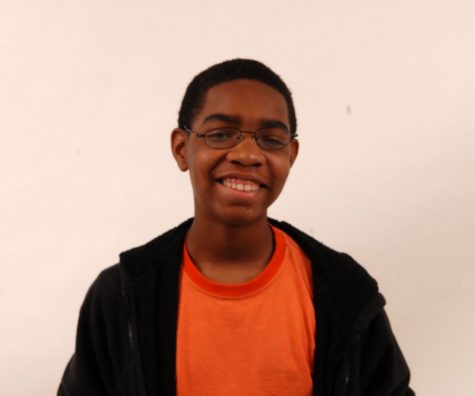South Broward Takes a Trip to the RSMAS
December 5, 2017
Twenty-three marine magnet students got a chance to explore the Rosenstiel School of Marine & Atmospheric Science (RSMAS)
The Rosenstiel School of Marine & Atmospheric Science is a graduate school, and they are marine branch of the University of Miami institution.
Marine magnet students were given the chance to take a tour of one of many universities that offer a branch of education in marine sciences.
Students of marine science instructor, Megan Kern were formally introduced to the field trip on November 30, 2017. All 30 positions were filled; however, only 23 students sent in the necessary paperwork.The students who were eligible to go went to RSMAS on December 5, 2017, and the following teachers attended as well: Kern Megan, Leo Jimenez, and Sanda Lalicic.
When the students arrived at RSMAS, they met with Touri J. White Sr. Mr. White acted as the students tour guide, and he showed us to some of the most interesting buildings at the school.
First, students were taken to see a few classes in the Cooperative Institute for Marine and Atmospheric Studies (CIMAS) building; the CIMAS building is one of the many buildings where research is done. Then, Mr. White took us to the docks where he talked about the difference between oceanography and physical oceanography; physical oceanography is the study of processes that occur in the ocean while oceanography is the study of the physical and biological aspects of the ocean.
Afterwards, Mr. White took us to the university’s library and media center; according to Mr. White the library has lots of different resources in order to provide graduate students with all the materials they need.
Students also visited the wind-wave tank in the Alfred C. Glassell Jr. SUSTAIN (Surge Structure Atmosphere Interaction) laboratory. There, Brian Haus, a professor at RSMAS working with the tank, discussed with students the reason behind constructing the tank. The wind-wave tank is used to simulate the effects of waves on the coast; moreover, the wind-wave tank is also used to simulate the effects a hurricane can have on the intensity of waves and their effect on the coast.
Next, students visited RSMAS’ Alpysia Lab where members of the genus Aplysia are grown and maintained by water filtration systems and an interconnected pipe network. One of the RSMAS graduates working in the lab said that the Alphysia are shipped to different research facilities and institutions. The graduate said that since Aplysia have similar nervous systems to humans, scientists use them in various neurological (relating to a branch of medicine dealing with disorders of the nervous system) investigations such as the investigation into possible cures for diseases like dementia.
Students on the tour were also taken to see RSMAS’ coral lab. There they met graduate student Maddie Kaufman who explained that the purpose of the lab was to both: study coral and their environments and work to help conserve coral reefs in the Florida Keys. Ms. Kaufman told the students about the two methods they use to grow coral: 1) they will hang coral fragments on nurseries in order to increase the amount they have, 2) they will attach coral fragments to a solid surface using nails in order to create new coral reefs.
Finally, before eating at the school’s cafeteria, the students were taken to the auditorium to watch a Netflix documentary called “Chasing Coral”. The documentary was taken from the perspectives of its cast who were the following: Richard Vevers, Ove Hoegh-Guldberg, Mark Eakin, Ruth Gates, John Veron, and Zackery Rago. The documentary talked about why the movie was made, and the movie touched upon many aspects of coral and how they impact our oceans.



